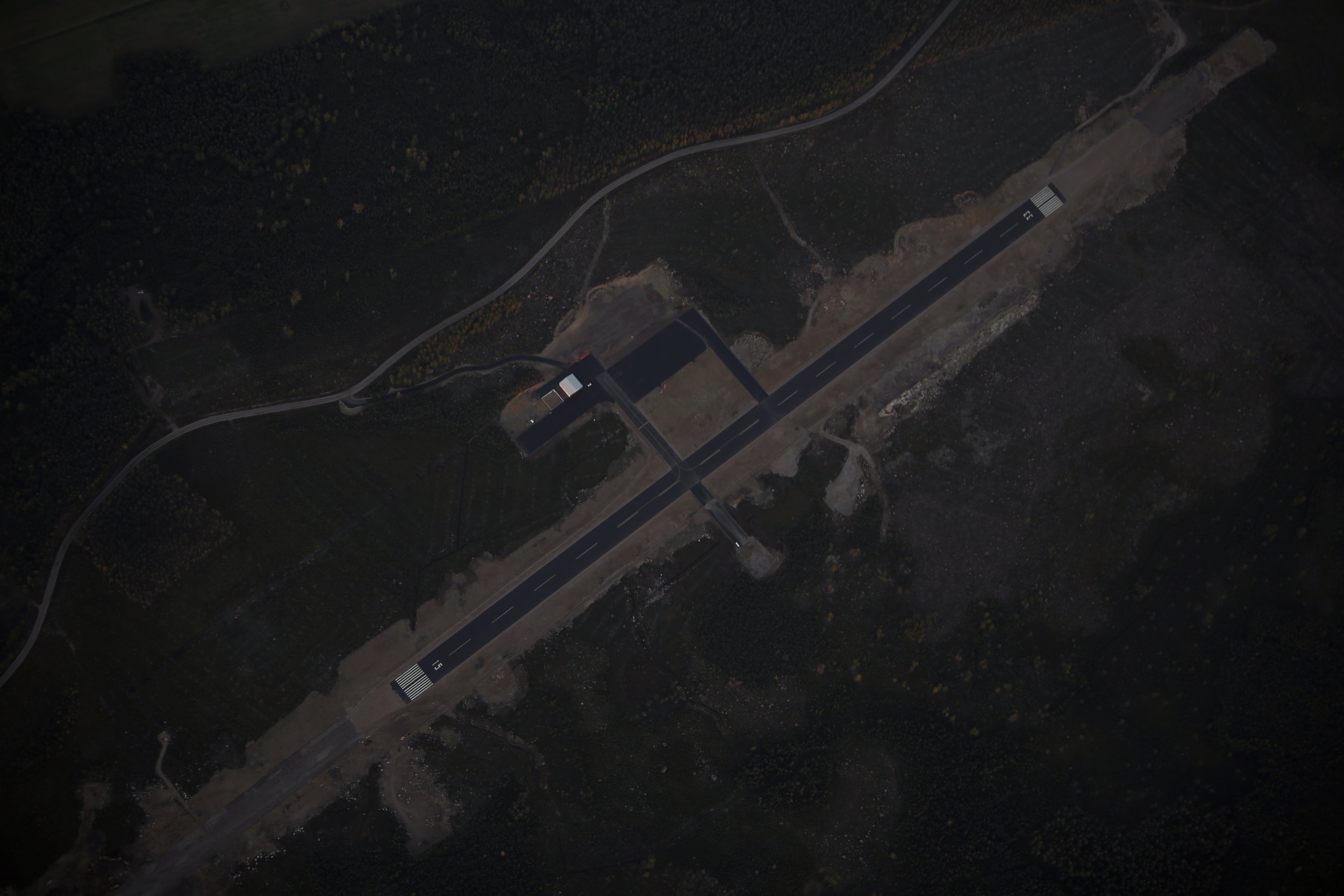
Digital airport is a scaleable and modern technology product.
Why?
Air traffic is being reformed
The amount of various air space users increases dramatically with UAV logistics, air taxis, electric aviation, smaller commercial airliners and cargo drones.
How?
New digital airport network needs to open
Creating a flexible and efficient infrastructure for future aerospace innovations
What?
Scaleable and modern airport technologies
With remote tower control and satellite approach, we can make the existing airport network more efficient and create new small airports, which is also a requirement for future logistics and electric aviation.
Digital airport concept in a nutshell
Obligatory infrastructure for unmanned air vehicles and electric aviation. Concept for new aerodromes can be implemented nationwide and globally to make existing network of airports more efficient and to create new small aerodromes.
-
A remote tower enables air traffic services to be provided from a remote location, instead of from the conventional ATC tower situated at the airport.
-
Satellite based augmentation system offers a more accurate, reliable approach. It covers larger areas of airspace. It has an increased capability and flexibility and is more economical and cost effective
-
A service provided for the purpose of preventing collisions between aircraft, and on the manoeuvring area between aircraft and obstructions. As well as expediting and maintaining an orderly flow of air traffic
-
Small heliports for drone logistics and air taxi flights. Specially designed for aircrafts that are able for vertical take-off and landing. No runway required.
Airport network modernisation
TRADITIONAL
DIGITAL AIRPORTS
DRONE- AND VERTIPORTS
Towards on-demand, direct transport
CURRENT
FUTURE
Who can benefit from digital airports?
-

Remote tower control
On-demand tower control for municipalities, airport companies or state owned airport operators who want to upgrade the versatility and capability of an airport and lower the costs. Any small to medium size airport can get the 24/7 professional status.
-

Air traffic control services
Regulatory change: ex-state monopoly opens to private licensed operators. Now we can offer cities an alternative for the traditional government-run system, including the human resource, satellite approach and permits.
-

Drone- and vertiports
A dense heliport network in urban environments is a requirement for future delivery and air taxi business. They all need the necessary permits and infra whether it’s cities, warehouses, manufacturers, hospitals, private operators or individual companies.



